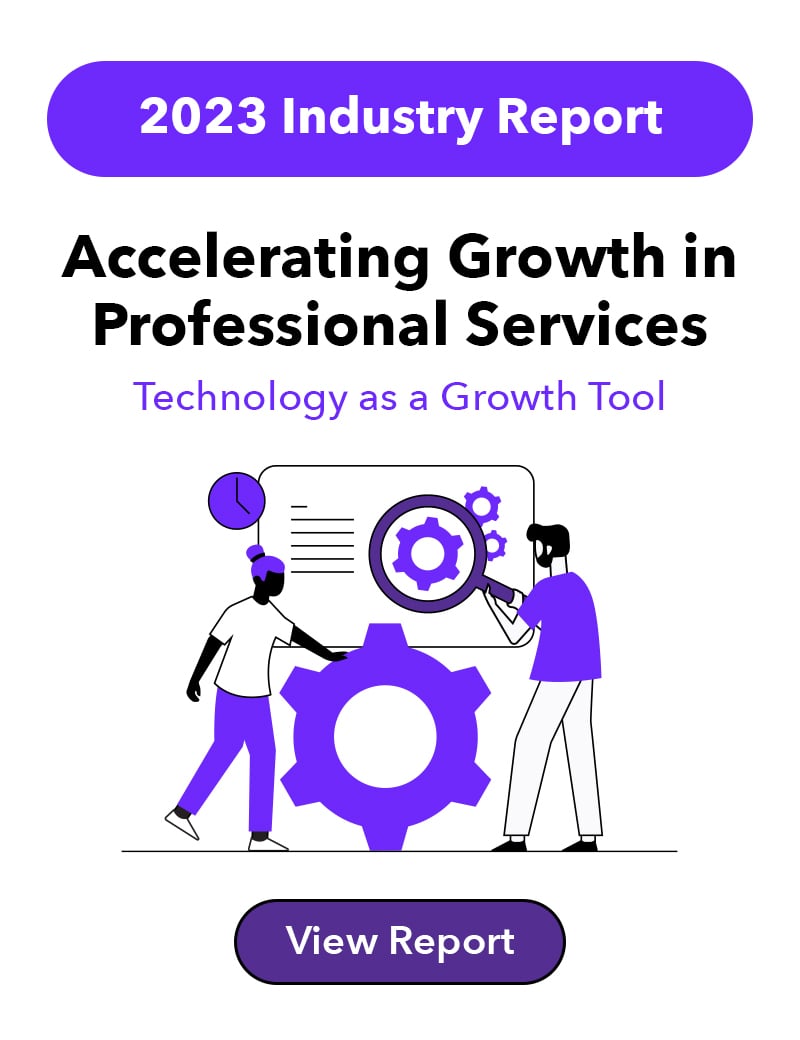The right data can make all the difference when it comes to the success of executive search firms.
Considering the market size of executive search firms is $5.5 billion in the United States, having the right data strategies in place, like good data management systems, can help firms find and land more senior-level talent for clients.
Data is used in executive search in at least three ways: the data collected from clients, candidates and testimonials and placements used in marketing.
This data is crucial in executive search as the candidates are high caliber, making the talent pool much smaller. Maintaining data in fluid systems that adapt to your specific needs is the first step to take when upping your data for your executive search game.
Your data initiatives that should be considered are ownership, how current your data is, and how best you can both capture and retrieve it.
Data Ownership
Data ownership is a crucial consideration for executive search firms.
Over time, your recruiters will gather large amounts of valuable data from your clients and candidates alike. Recruiters will likely conduct a thorough analysis of the industry, client, market and role, even engaging with stakeholders like the CEO, board and peers. This is extremely valuable data that could aid in future executive searches.
However, there may be resistance by recruiters to accurately input the full information into your system for fear that they will lose access to this relationship data if they move to a different firm in the future.
With turnover rates high, 3.8 million workers quit their jobs in April 2023, granting full ownership of data to your recruiters might benefit your firm in the long run. Many thought leaders in the executive search space advocate for recruiter-owned data. When firms make it clear that they can take these relationships with them regardless of their employment with your firm, it encourages complete and accurate input of the client and candidate data they collect.
Whatever your firm decides to follow surrounding data ownership, however, it must be clearly stated and inform the building of your data strategies and tools.
Keeping Data Up-to-Date
Data is constantly evolving. As of 2020, it is estimated that 1.7 MB of data is created for every person on earth every second.
Data surrounding employment also evolves quickly, especially for executive search firms. Candidates may have relocated, evolved their preferences on industry or pay, or accepted a position at another company. And clients may have amended their job description, gotten an influx or reduction of budget, or suspended a position.
Keeping all this data updated from one moment to the next is paramount to making placements that stick, maintaining a positive reputation for your firm and making efficient use of your resources. If you waste your executive search recruiters’ time attempting to make placements based on outdated information, each one of those aforementioned goals is in jeopardy.
When searching for an Applicant Tracking System to house all of the data on clients, candidates and placements, the capability to automatically make real-time updates is absolutely essential. Thrive TRM is a popular choice for executive search firms, but other solutions like Workday and Oracle Talent Management Cloud are also common alternatives.
Capturing and Retrieving Data
When your recruiters are on calls with clients or prospective candidates, they receive an influx of valuable information to enhance their ability to make placements that stick. Client information can include identifying information, contact information and all-important client history data like feedback, preferences and preferences.
However, if your data processes do not include simple, streamlined, and organized processes to capture this information, it may go to waste.
If your executive search firm recruiters must capture shorthand blurbs between sticky notes, digital documents and notebooks, vital information will inevitably be lost. Not only is adding this data later inefficient, but it can lead to errors.
When considering ways in which you’ll be using data in executive search, the capturing process must be clearly defined and communicated. If you make it intuitive to capture this data, your recruiters will be more likely to input this information in full.
Once data is captured, it’s equally as important to ensure that it’s accessible.
Part of this involves setting up automations in the capture process that categorizes relevant information into the correct locations. But further, your team needs to brainstorm ways to ensure that when recruiters need to access data at a moment’s notice, they’re able to easily navigate to exactly where it lives.
This is a challenging feat, especially when you are dealing with several different categorizations of data. However, with a combination of the right data software as well as the strategic consideration of these issues from the outset of forming your data strategies, it is both possible and worth the investment.
How Pitchly Can Help
Pitchly’s data enablement platform can help executive search firms become data driven. Because executive search relies so heavily on humans, it’s imperative to have a good data management system that can enhance those relationships.
With Pitchly, executive search firms can turn conversations into valuable data points, instead of a stack of messy notes. The data gleaned from these conversations can be built out into meaningful subsets of data that current and future recruiters can access. Adding this data to Pitchly’s data management system makes it easier to manage no matter how big or small your executive search firm is.
Pitchly’s data enablement platform can pull your placement data from relevant connected databases and bring them into a centralized searchable and filterable database.
Our forms also make it simple and easy to input new data into this system. And once you have a database of candidates, you can track applicants based on demographics, experience, personal preferences, salary requirements and more.
Aside from keeping client and candidate data, executive search firms can use Pitchly’s data management system to keep a database of placements and testimonials used for marketing. This marketing data can quickly be pulled and filtered to fit your specific client criteria, then exported to a variety of content formats like PowerPoint, Word, PNG or website content.
Pitchly’s data enablement software platform can help transform your executive search firm into one that works smarter, better and more efficiently, giving your recruiters an edge over the competition.
Want to learn more? Download the full Guide to Using Data in Executive Search eBook to learn more.
 Jun 20, 2023
Jun 20, 2023





